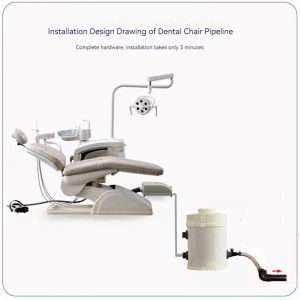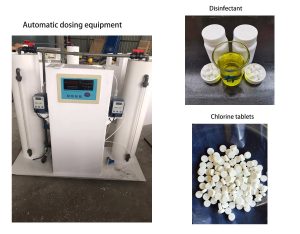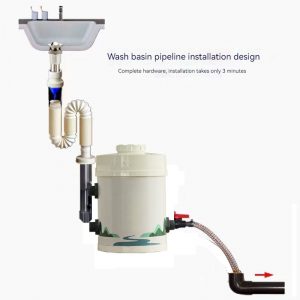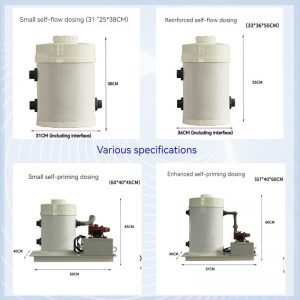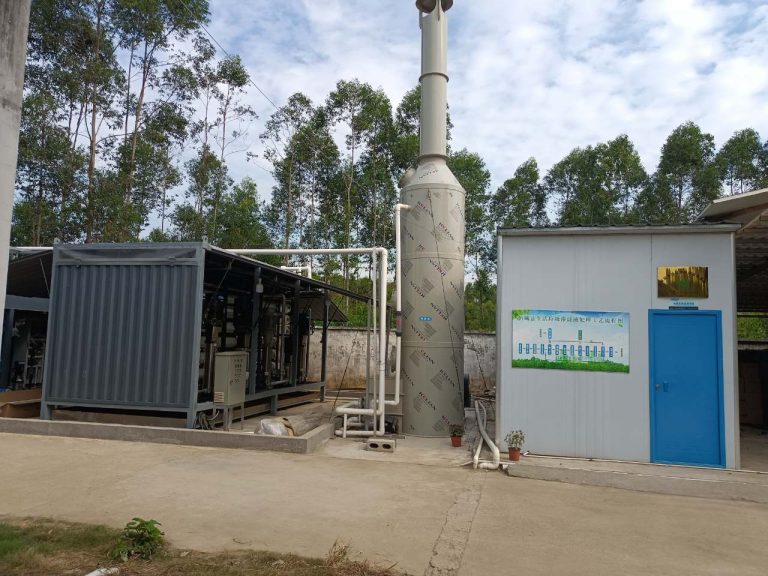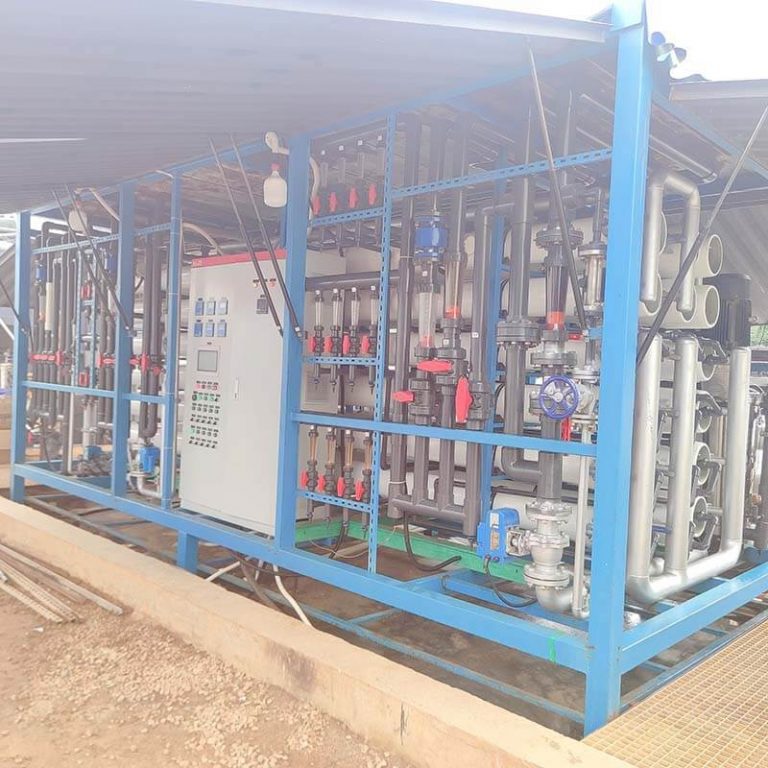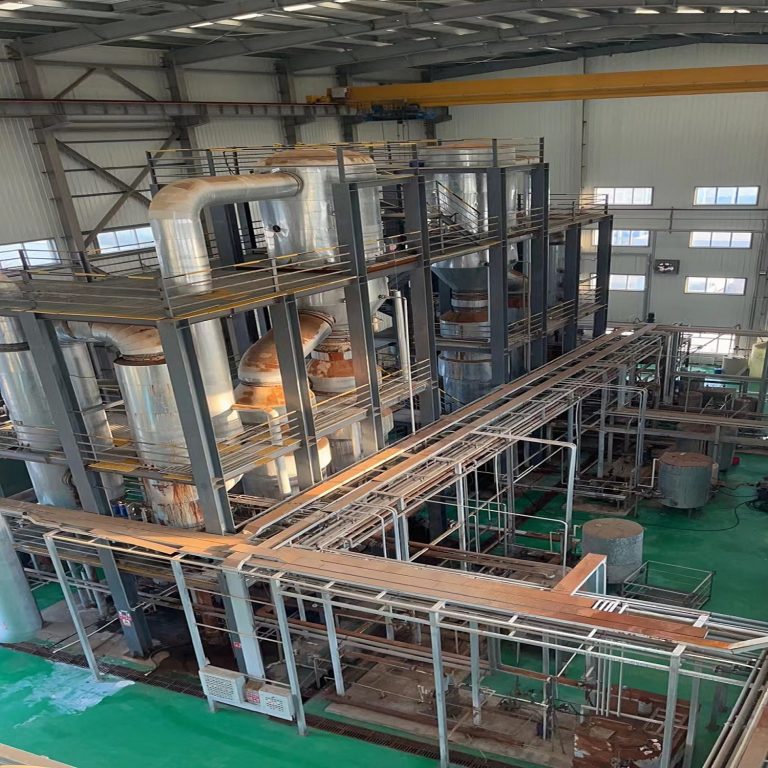A water treatment disinfectant device is a device used to add disinfectants to water, with the main purpose of killing or removing bacteria, viruses, and other microorganisms in water to ensure the safety and hygiene standards of water quality. The device is widely used in fields such as drinking water treatment, sewage treatment, hospitals, and laboratory centers.
The selection and use of water treatment disinfectant devices depend on various factors, including water quality characteristics, disinfection targets, disinfectant types and concentrations, and treatment water volume. Common disinfectants include chlorine, chlorine dioxide, sodium hypochlorite, etc. Each disinfectant has its unique advantages and applicability, so it needs to be selected according to specific circumstances.
For example, chlorine is one of the most commonly used disinfectants, with a wide spectrum of sterilization and efficient disinfection ability.
When using water treatment disinfectant devices. The reason why chlorine tablets can purify water quality is that after chlorine tablets dissolve in water, they release chlorine gas or hypochlorous acid. These substances have strong oxidizing properties and can destroy protein synthase in microbial pathogens, thereby killing or removing bacteria, viruses, and other microorganisms in water.
In addition, chlorine gas or hypochlorous acid can react with organic matter in water to generate harmless substances, further purifying water quality. This disinfection method is widely used in the treatment of urban tap water and the purification of high-quality water sources.
It should be noted that the dosage and usage of chlorine need to be strictly controlled to avoid excessive or insufficient disinfection effects or side effects, such as the generation of harmful disinfection by-products
